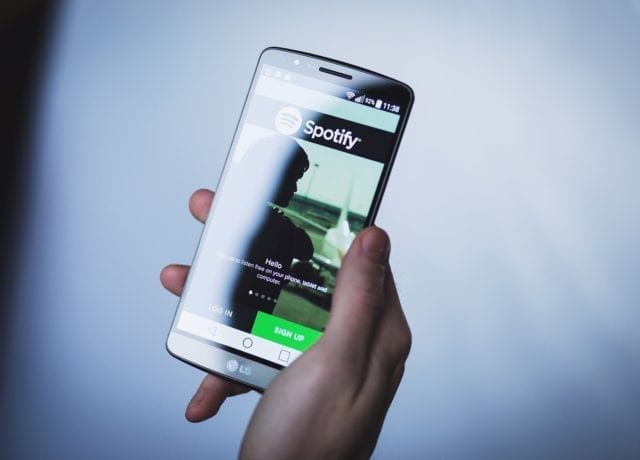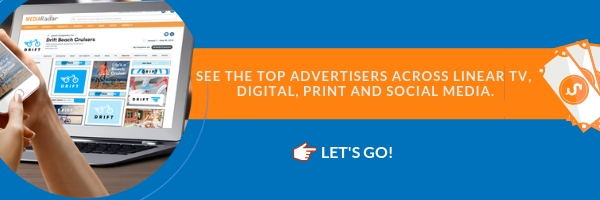Music streaming giant, Spotify, bought podcast media company, Gimlet, for $200 million earlier this year. The deal was announced at the same time as the purchase of Anchor, a podcast creation and distribution platform. The double deal is apparently part of Spotify’s plan to spend $500 million on its podcast offerings this year.
More than anything, the move to purchase Gimlet signals Spotify’s intention to go beyond music streaming to offer a complete audio library, not entirely unlike traditional radio. In his blog post discussing the deal, Spotify CEO, Daniel Ek, explains the move toward podcasts as the next phase in the growth of audio. “There are endless ways to tell stories that serve to entertain, to educate, to challenge, to inspire, or to bring us together and break down cultural barriers,” Ek said. “The format is really evolving and while podcasting is still a relatively small business today, I see incredible growth potential for the space and for Spotify in particular.” The post is, fittingly, called Audio-First.
Of course, the acquisition adds a new development in the conversation surrounding the power of podcast advertising. Here we dive into what Gimlet signals for media and what the purchase could mean for advertisers.
Gimlet: New Narratives in Media
Gimlet is a relative newcomer to media offerings, even by podcast standards. Founded in 2014 by a veteran podcaster, Alex Blumberg, and a management consultant, Matt Lieber, Gimlet Media is billed as “the award-winning narrative podcasting company that aims to help listeners better understand the world and each other.”
Despite the multiple zeros behind Spotify’s purchase price, Gimlet is a big fish in a relatively tiny industry. Let’s put it this way: mobile advertising accounted for over $36 billion in revenue in 2016. Podcasting accounted for just $119 million. But the industry is clearly growing. Powered by popular hits like Serial and Gimlet’s own StartUp, IAB predicts ad revenue from podcasts will grow to $659 million in 2020.
But Gimlet (and now Spotify) is capitalizing on the recent movement toward high-quality content that can be streamed. Gimlet recognized it needed a global player to reach new and larger audiences. Spotify recognized it needed a specialist in niche content to expand their brand from a “music streaming” to a “digital audio” platform.
So, where does the power in podcast advertising come from in this cross-section?
The Power of Podcast Advertising
Despite the small ad revenue associated with podcasting, the digital broadcasts seem to have a huge audience. Half of Americans listen to podcasts, and over a third of those people listen to at least one full podcast episode weekly. Over 600 million podcast episodes have been created to date.
There’s a lot of opportunity in those numbers. And there’s a lot of power in the podcast format.
More than anything, podcast ads tend to be naturally placed and engaging. Hosts can be authentic with the ads, with just a short introduction distinguishing the ad from the meat of the podcast.
The engagement comes from the authenticity of the format and the niche nature of podcasts. “Podcasts are highly‐targeted,” writes Rebekah Bek at Ahrefs. “There’s a dedicated, top‐quality podcast for every imaginable niche out there, from true crime case reports to discussing Buffy the Vampire Slayer. This also means that we can reach just about any audience we want to.”
Podcast ads are more engaging because advertisers can target their audience without making them feel targeted – unlike, say, a social ad that pops up after you’ve just Googled something. The audience is already engaging in the niche by listening to the podcast – and even more open to the ad when it’s presented authentically by the host.
Beyond the ads within the show itself, podcast advertising also often offers an opportunity for cross-media ads. Many shows will put together sponsorship packages with native advertising, email blasts, future mentions, social tags, and more. While pricier, this approach can let advertisers meet multiple goals at once.
Whether advertisers use podcast ads for lead generation or brand exposure depends on the niche, on the budget, and on the brand. It will take some experimenting. But there’s no question that this digital form of advertising packs a punch, particularly as the medium grows.
What Gimlet Means to Spotify
The purchase of Gimlet as a media company and Anchor as a distribution platform moves Spotify towards, oddly enough, mirroring traditional radio with music, podcasts, and advertising. The difference is the app offers the unprecedented elements of personalization, curation, and discovery.
“We are building a platform that provides a meaningful opportunity for creators, excites and engages our users, and builds an even more robust business model for Spotify in an industry we believe will become significantly larger when you add Internet-level monetization to it,” Ek added in his post.
That’s what the Gimlet deal means to Spotify. And it just might be what it means to advertisers, too.




